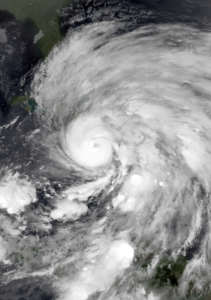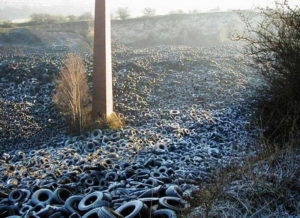
In a new article entitled “Risk Perception through Exemplarity: Hurricanes as Climate Change Examples and Counterexamples in Norwegian News Media”, Kyrre Kverndokk examines how news media present extreme weather events as examples of a climate-changed future. Extreme weather events such as hurricanes are used by newspapers as examples of climate change, but are also used by climate sceptics. Kverndokk argues that the usage of hurricanes as examples of climate change “is a way of producing an experienced basis for imagining and predicting the unpredictable future, where both weather patterns and the climate will change fundamentally.” He argues that such example-based reasoning may be understood as a certain kind of risk perception involving both a temporal and spatial entanglement of the future and the present and an entwining of actual, emerging and potential disasters. This rhetoric practice represents a notion of cultural catastrophization by calling upon a fear of an uncontrollable disastrous future. In this light, the climate change skeptics’ attempts to turn hurricanes into normal and local phenomena, independent of human action, may also be regarded as attempts to de-catastrophize contemporary society.



